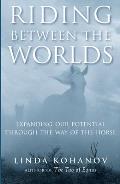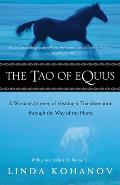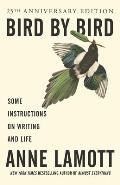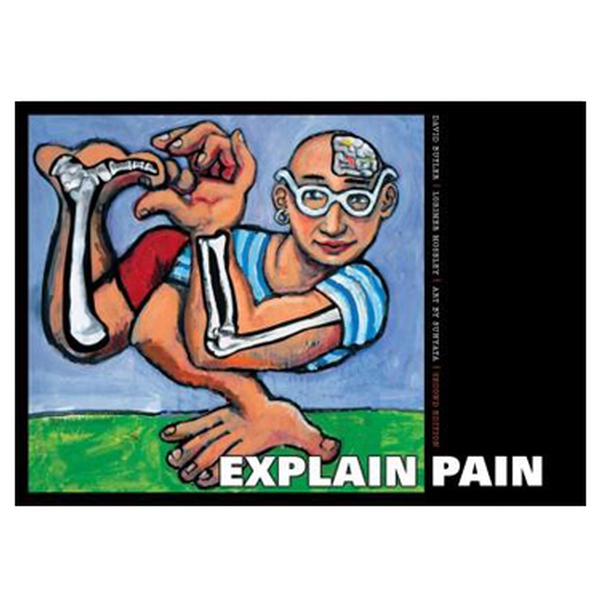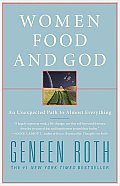My response to The Tao of Equus doesn’t begin to express the impact it had on me. I immediately looked for Kohanov’s next book.
Riding Between the Worlds contains less abstract theory and more stories from clients and from her own life. It also contains a helpful adaptation of Karla McLaren’s work with emotions into an Emotional Message Chart.
For example:
Emotion Message Questions to Ask Intensification Anger Proper boundaries should be maintained or rebuilt. Incongruence.
What must be protected? What must be restored
What is the emotion behind the mask, and is it directed toward me?
Rage, fury (exploding at those who’ve violated our boundaries) Shame, guilt (anger toward self when we’ve violated others’ boundaries)
Boredom, apathy (masks anger that can’t be dealt with – a nonviolent coping strategy
Kohanov validates my experiences with transmission of emotions from one person to another, describing the many ways that happens with both people and horses in her practice.
She also talks extensively about congruence and how important it is to both horses and sensitive humans. Incongruence, a mismatch between what someone is feeling and expressing, can cause trouble both for the incongruent person who is suppressing feelings, and the beings around them who may be the target of deception or explosive release.
Kohanov also presents her hard-won list of skills for building community:
- Using emotion as information.
- Sitting in uncomfortable emotions without panicking.
- Sensing and flowing with the emotions of others, again without panicking.
- Reading “misbehavior” as a form of communication.
- Understanding the dynamics of shared emotion: distinguishing between instructive personal feelings, conditioned (False Self) emotional patterns, affect contagion, empathy, ambience, and emotional resonance.
- Resisting the temptation to aggressively “fix” people, horses, uncomfortable situations, etc.
- Creating a psychological container of support, what Kathleen Ingram calls “holding the sacred space of possibility.” This fully engaged form of patience is crucial to tapping innovative solutions that arise from the eighth ability:
- Activating the Authentic Self.
The only sour note in the book occurs when she creates a false sense of suspense by telling half a story and then inserts 30 pages of other material before returning to the story.
Highly recommended for anyone who believes they are too sensitive or too emotional.

